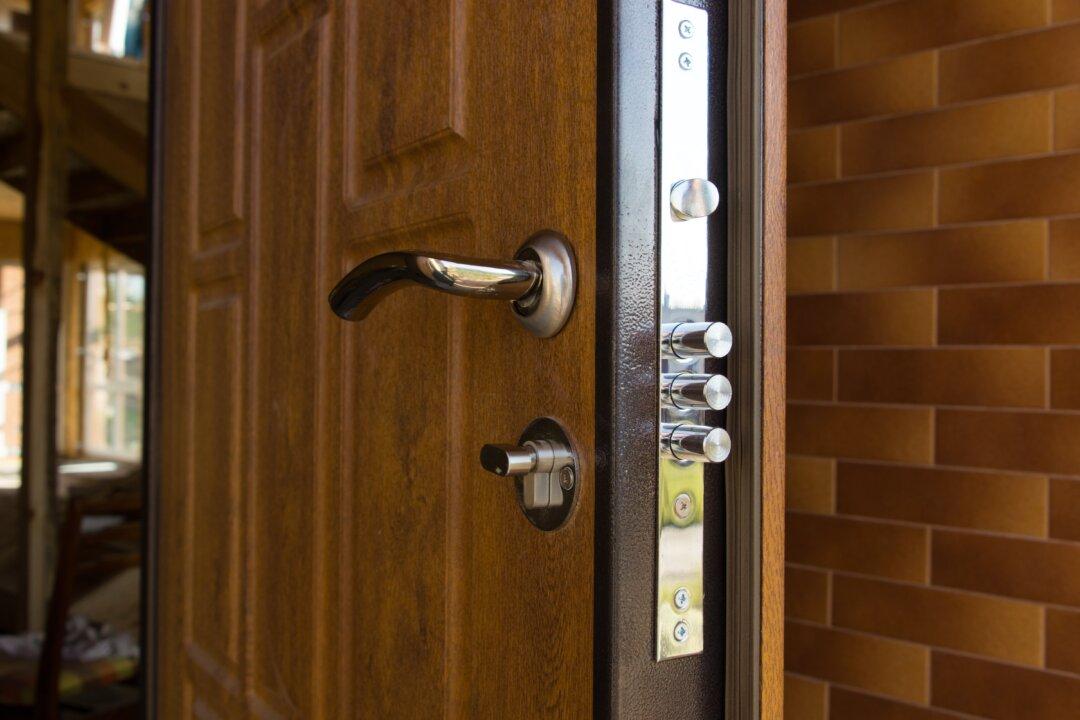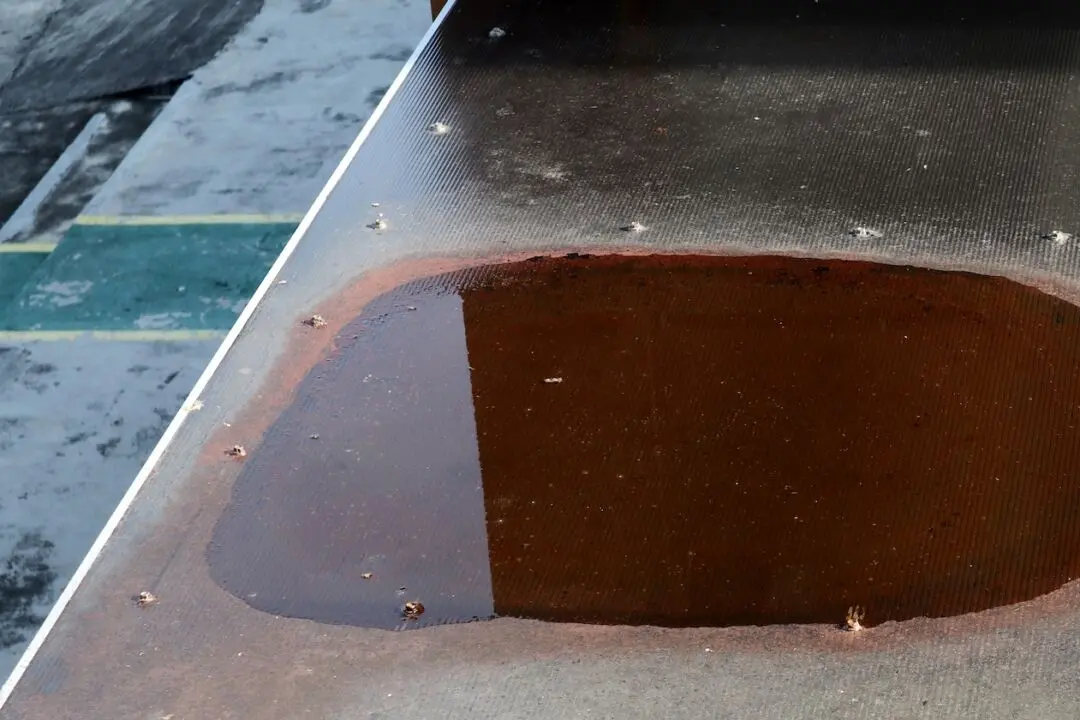Dear James: I am going to have a natural solid-wood front door installed with a new lockset. What types of attractive locksets are most secure, but reasonably priced?—Dana L.
Dear Dana: Solid natural wood front doors are gorgeous, so you do not want to select an ordinary-looking lockset in it. Unfortunately, higher-priced locksets usually are the most ornate and have the highest quality and longest-lasting finishes.





